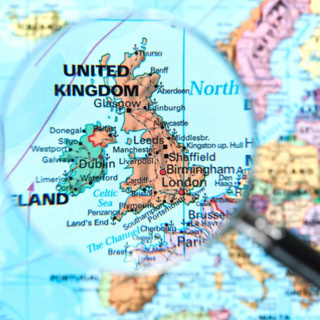Jaksokuvaus
It may not come as a surprise to discover that many authorities believe that, if you’re doing a long journey at sea, it can be helpful to know where you are. Working out your latitude was relatively simple and had been known for a long time before the eighteenth century. Longitude was another matter. The British government even put up a prize for the first to come up with a really viable solution. Enter John Harrison, a remarkable craftsman. He started as a joiner, so a skilled woodworker. When he started building clocks, he used wood for the work. But he realised that, to build a chronometer, a device that could tell sailors at sea the time in a specified distant location, e.g. London, he would have to work in metals. So he taught himself to do so. He impressed the Board of Longitude in 1737 with his first prototype, but he wasn’t happy with it himself. So he spent another 27 years building three more, with financial support from the Board. In 1764, his fourth prototype, the size of a large watch, passed the test required for the prize. A lot of this work had been funded by the grants from the Longitude Board, a public body. That’s a model for research that persists to this day. As do the techniques that followed the success of his chronometer: mass production of the devices, exploring techniques that would be the hallmark of the industrial revolution. The Longitude story is about helping sailors navigate at sea. But it’s also about ways of dealing with Research and Development, and with Manufacturing processes, that went far further still. It shows how much can be achieved by the clever use of government funds well invested. Illustration: John Harrison by Thomas King, with his successful fourth prototype chronometer. Science Museum Group Collection, released under Creative Commons Music: Bach Partita #2c by J Bu licensed under an Attribution-NonCommercial-No Derivatives (aka Music Sharing) 3.0 International License

